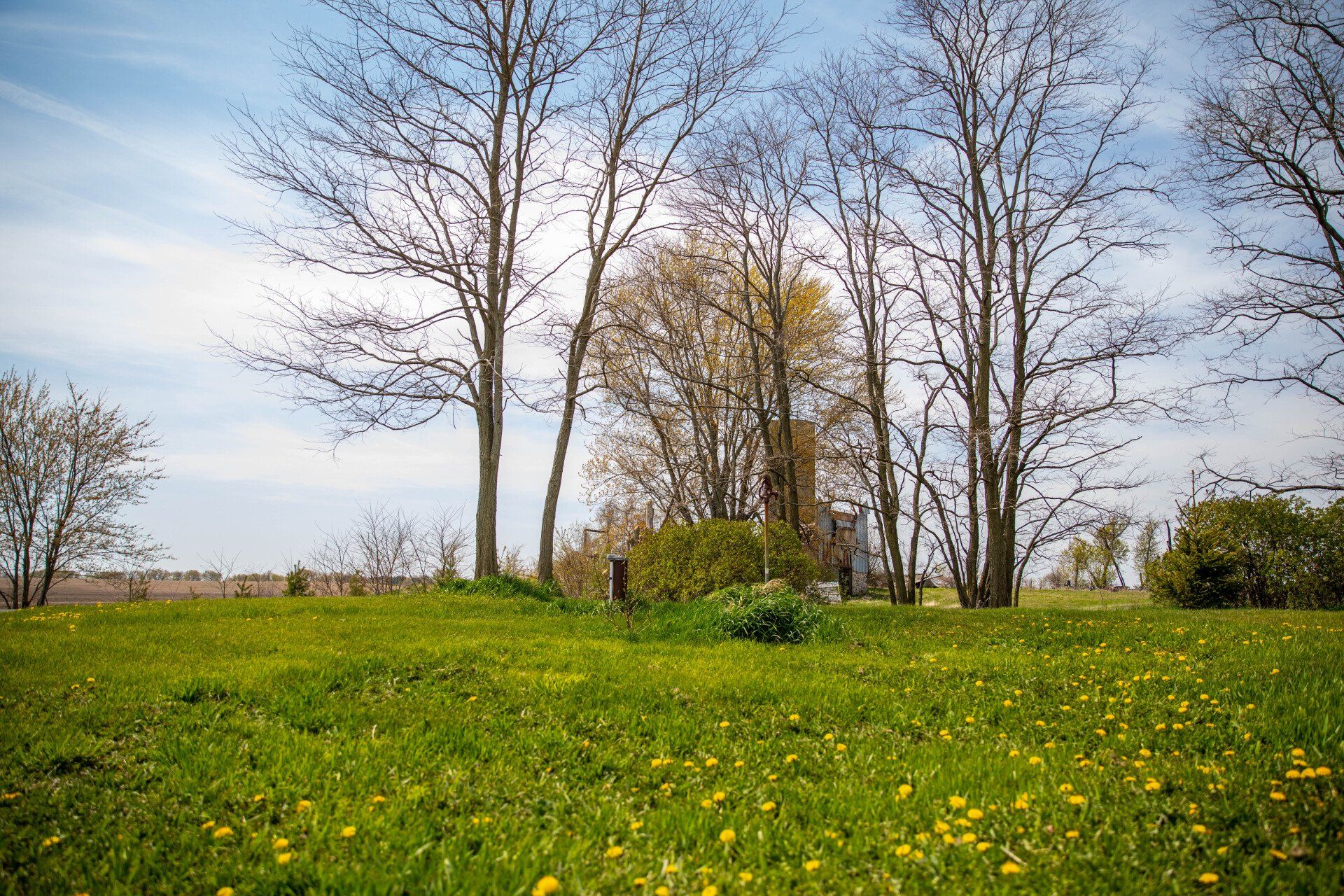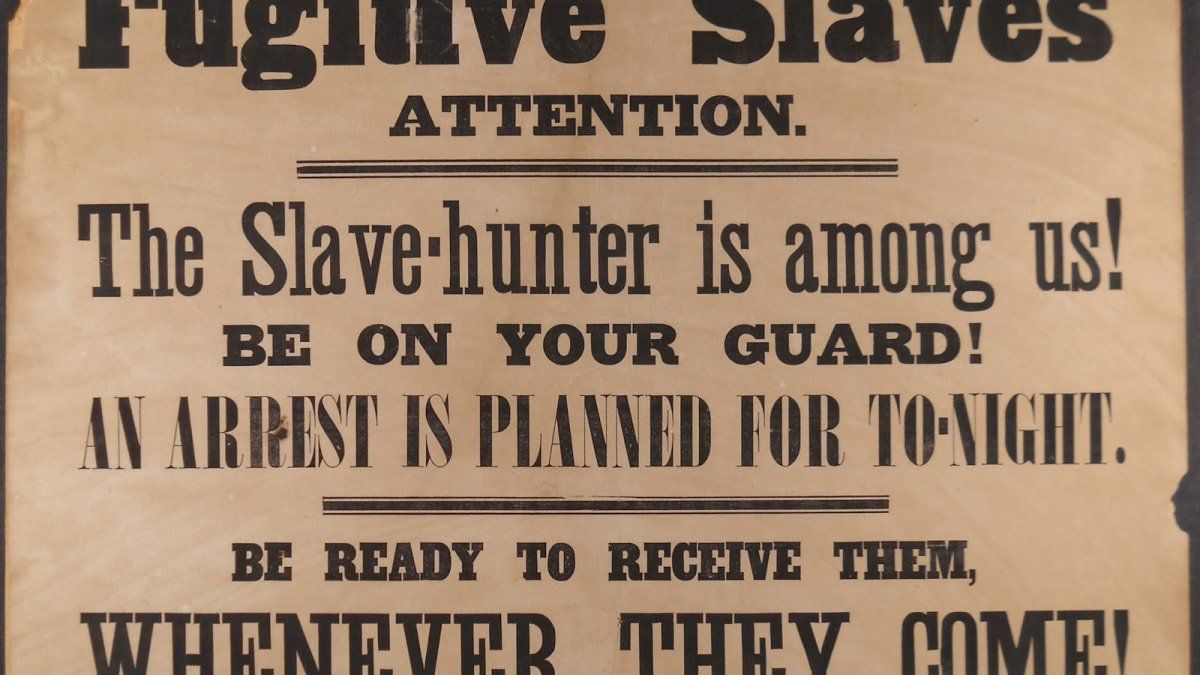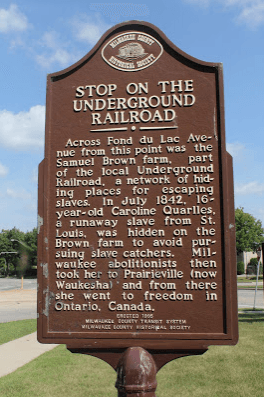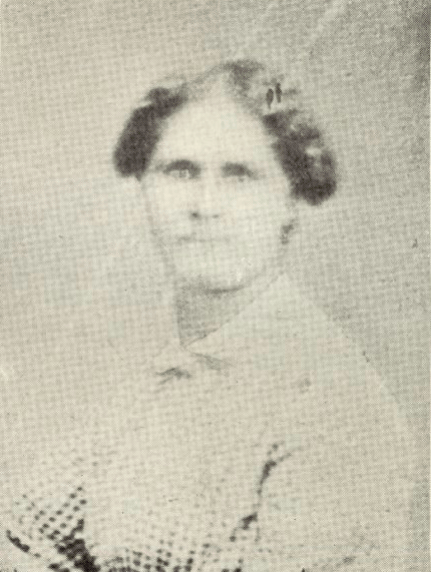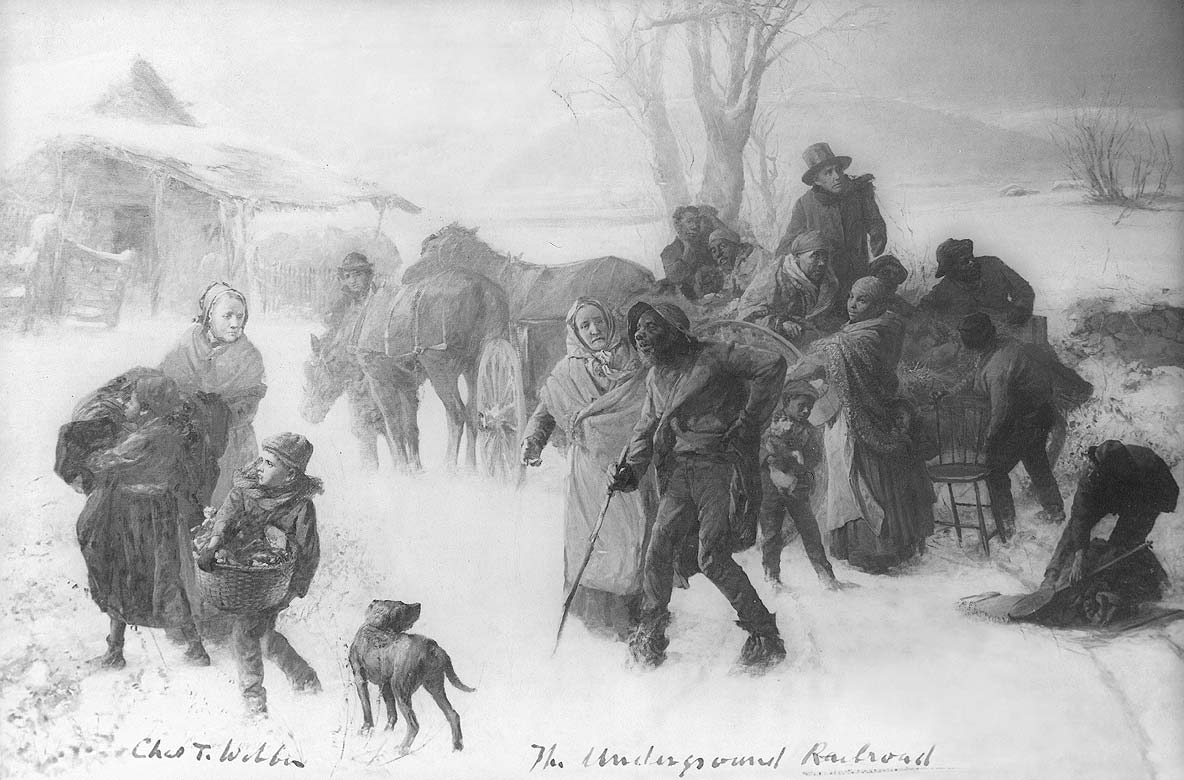Underground Railroad Right Here At Home
When we bought the Heritage North property we were stoked for so many reasons, the most exciting being that the main building has an actual bathroom. Also there's a full kitchen, adequate office space, and ample parking aside from the prairieland itself. After closing, we did a little walkabout of the full acreage of the property to really see what we had here. It's pure Wisconsin grassland through and through. Then we stumbled upon something. Just west of the main entrance, at the top of a little rise and in the middle of nothing, we found an old water pump. Of course, we got curious. We started asking around about who owned the property in the past, what was it used for, and if there were any good stories we should hear.
Birthday Sparks
WHAT WE FOUND WAS EXTRAORDINARY.
Turns out, we had a lot to learn about our own property, and our home county for that matter.
It was mid-summer 1842. John Tyler, a Virginian from a slave-owning family, was president. The Civil War wouldn’t commence for 19 years. Harriet Tubman wouldn’t escape from slavery for another seven years, and it would be three years before Frederick Douglass published his seminal work, Narrative of the Life of Frederick Douglass, an American Slave (Boston, 1845). Before any of that, a 16 year-old from St. Louis named Caroline Quarlls ran away from the only home she had ever known to escape the bonds of slavery.
Caroline was born in St. Louis, Missouri in 1826 (a few sources say 1824). As a domestic slave, she was sometimes punished and whipped, and at one point forced to cut her long hair. On July 4, 1842, Caroline was granted permission to visit a sick friend. She covertly threw a bundle of clothes out of an upstairs window and retrieved them once she left the house. She had somehow obtained the sum of $100, so she bought herself a ticket on a steamboat bound for Alton, Illinois. Her father being her white slave owner, Caroline was fairly light-skinned, so she was able to ride incognito out in the open among a group of unsuspecting white girls.
The steamboat landed and Caroline, with the help of the steamboat operator, caught a stagecoach to Milwaukee. (Wisconsin wouldn't officially become a state for six more years). With a price of $300 on her head and pursuers hot on her trail, she found abolitionist friends who helped her hide (reportedly under a hogs head, a barrel, and finally plain old straw), and then was transported west across the Milwaukee River. She hid in people’s homes along the way, one of them in Walworth County's Spring Prairie- just down the road. Local folks who aided her became some of the first “conductors” of Wisconsin’s Underground Railroad. Caroline continued on her way and made it to Canada and freedom. She went on to live a long life, marry, and have children.
Caroline is the first recorded escaped slave to travel through Wisconsin’s Underground Railroad. She came right through our county, and paved the way for others to do the same.
That water pump on our property? It turns out it’s on a plot where an old house used to stand, and that old house was a stop on the Underground Railroad. Did Caroline stop here and use this well? We don't know for sure, but we know she paved the way for other people just like her who stopped and rested, on land we call our own. It means so much more to us that it was put to use for freedom, and the flag we fly high means a little more.
This is why we love what we do. Everything has a story, and some of our salvaged materials from the area could be a part of Caroline’s story. We want to use these materials to continue the story, remembering the past and working for a better tomorrow.
https://journaltimes.com/news/state-and-regional/caroline-quarlls/article_f2bc63c8-3ca3-5821-bdcd-e03959c5cd17.html
https://content.wisconsinhistory.org/digital/collection/tp/id/41851
https://content.wisconsinhistory.org/digital/collection/tp/id/41851
https://www.travelwisconsin.com/article/history-heritage/experience-history-the-underground-railroad-in-wisconsin
